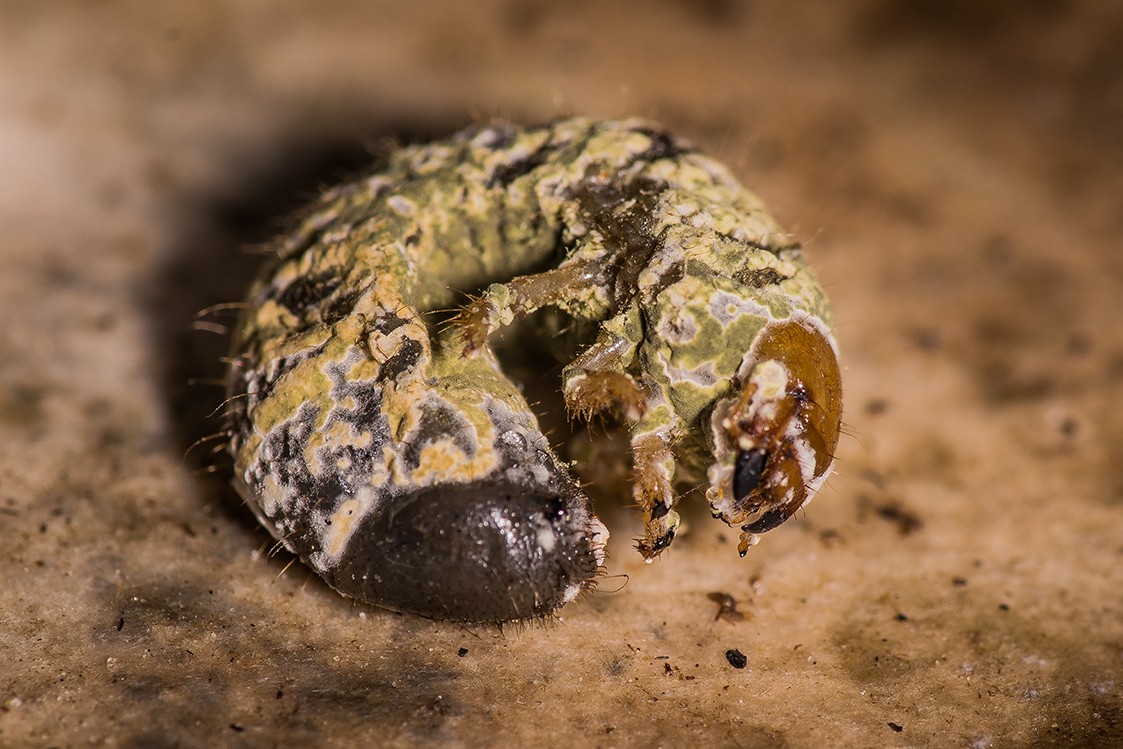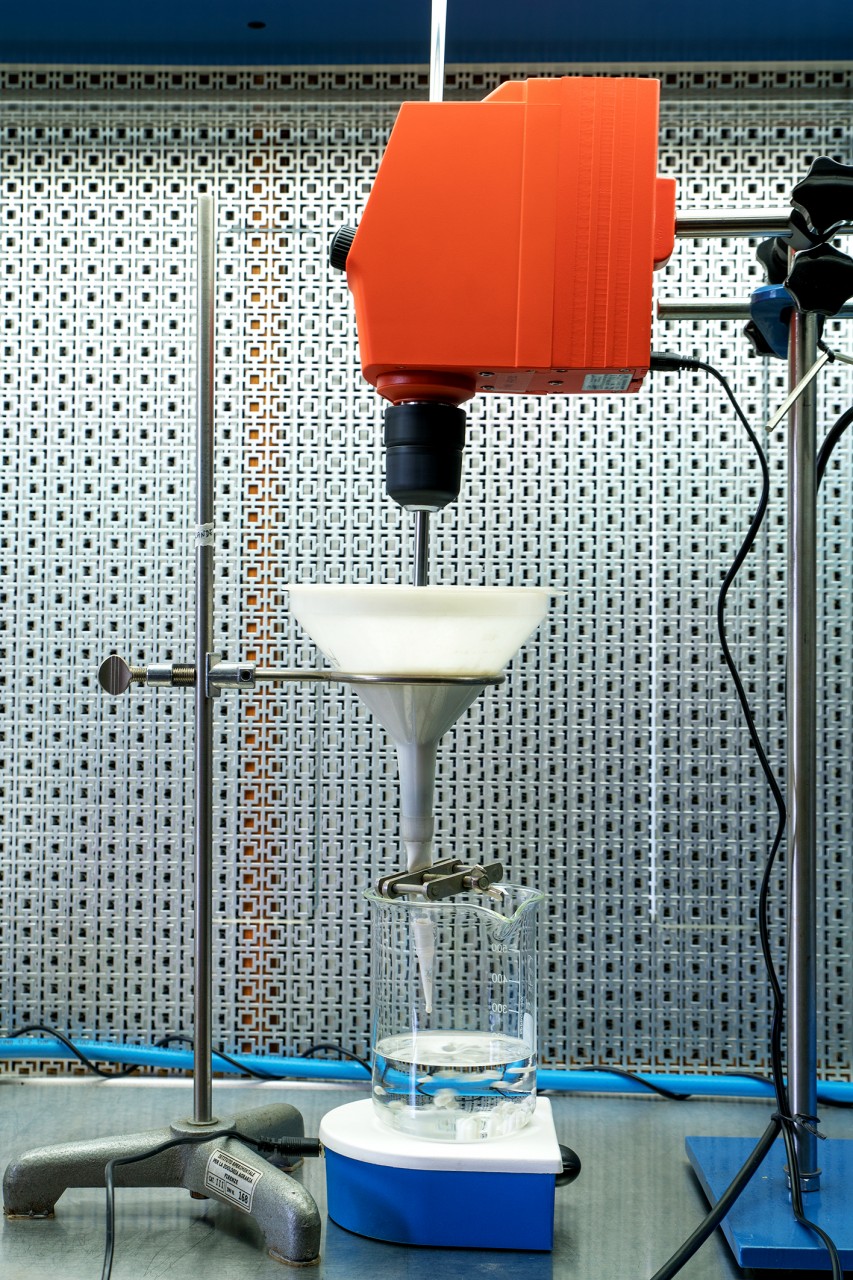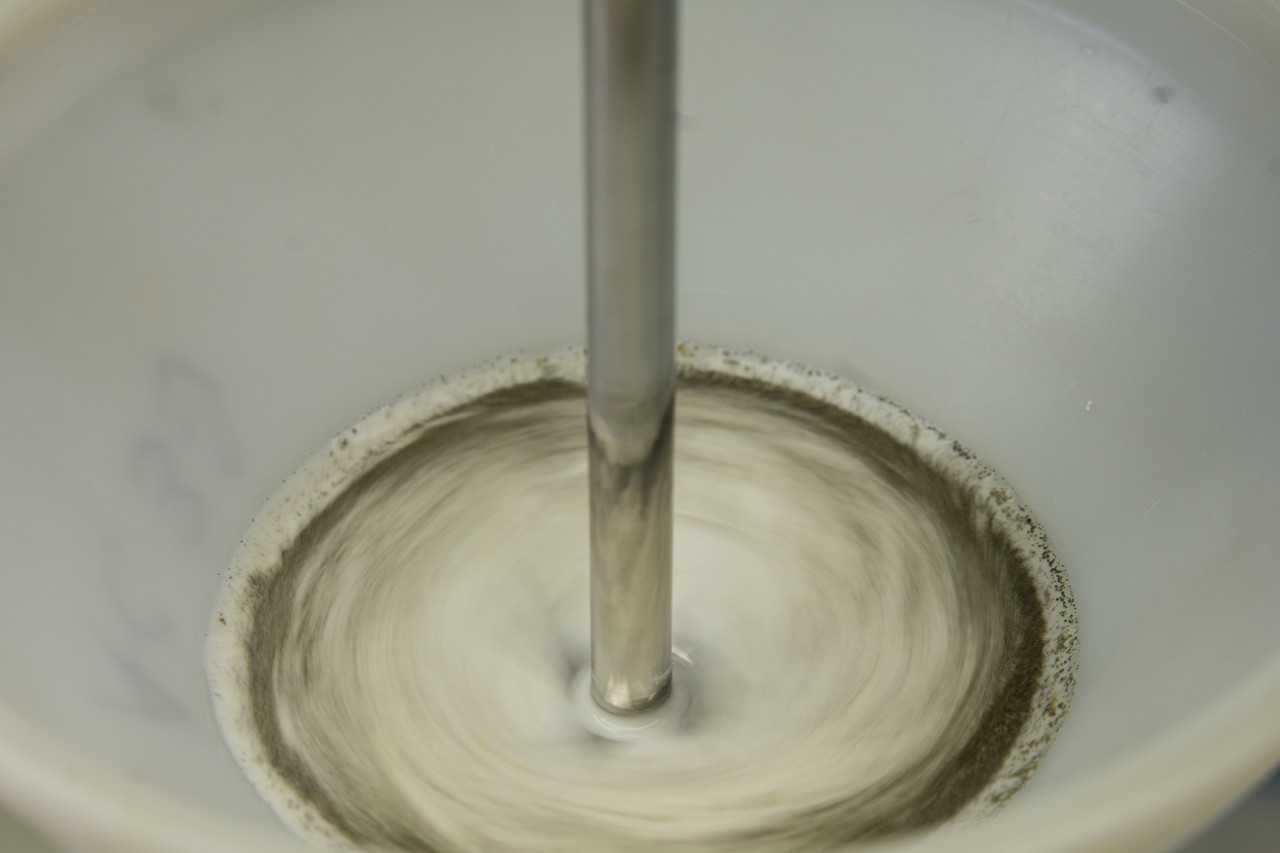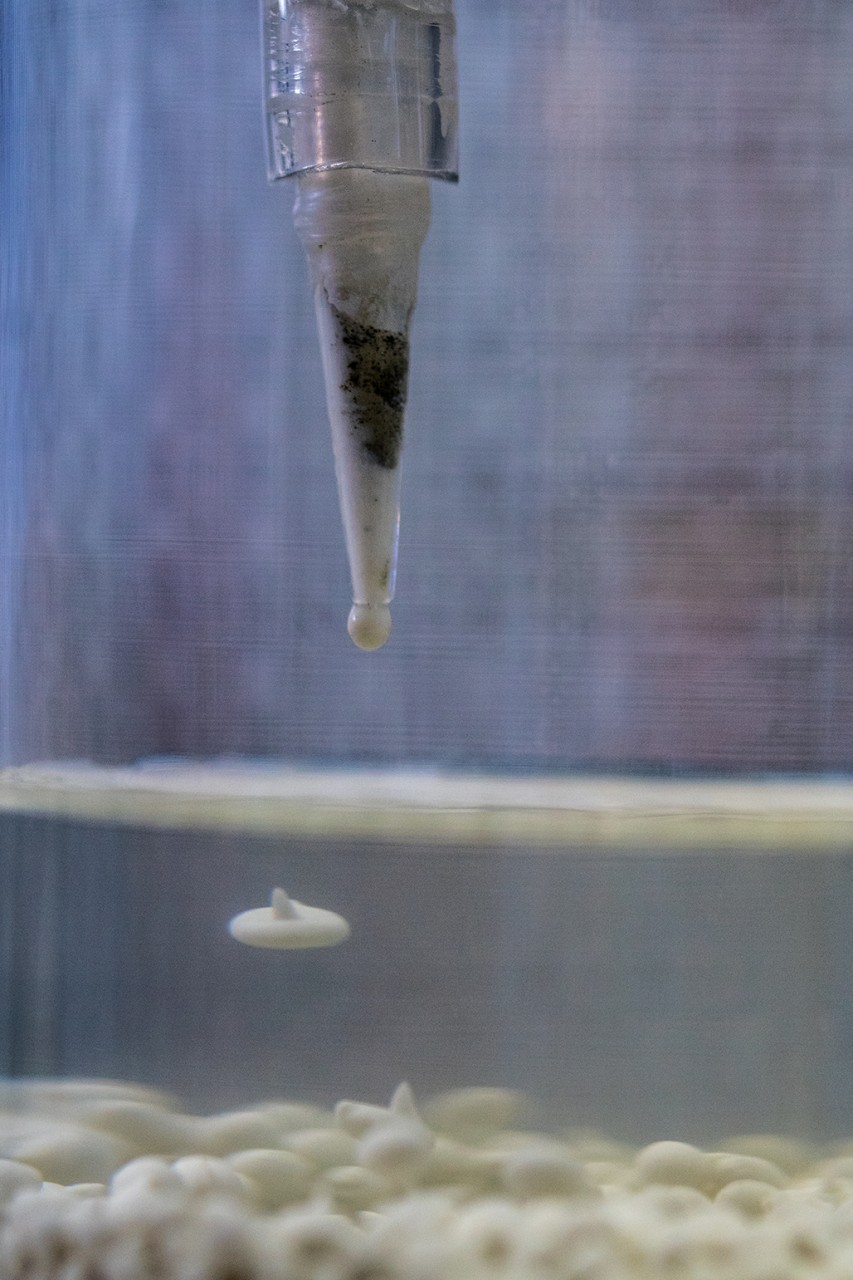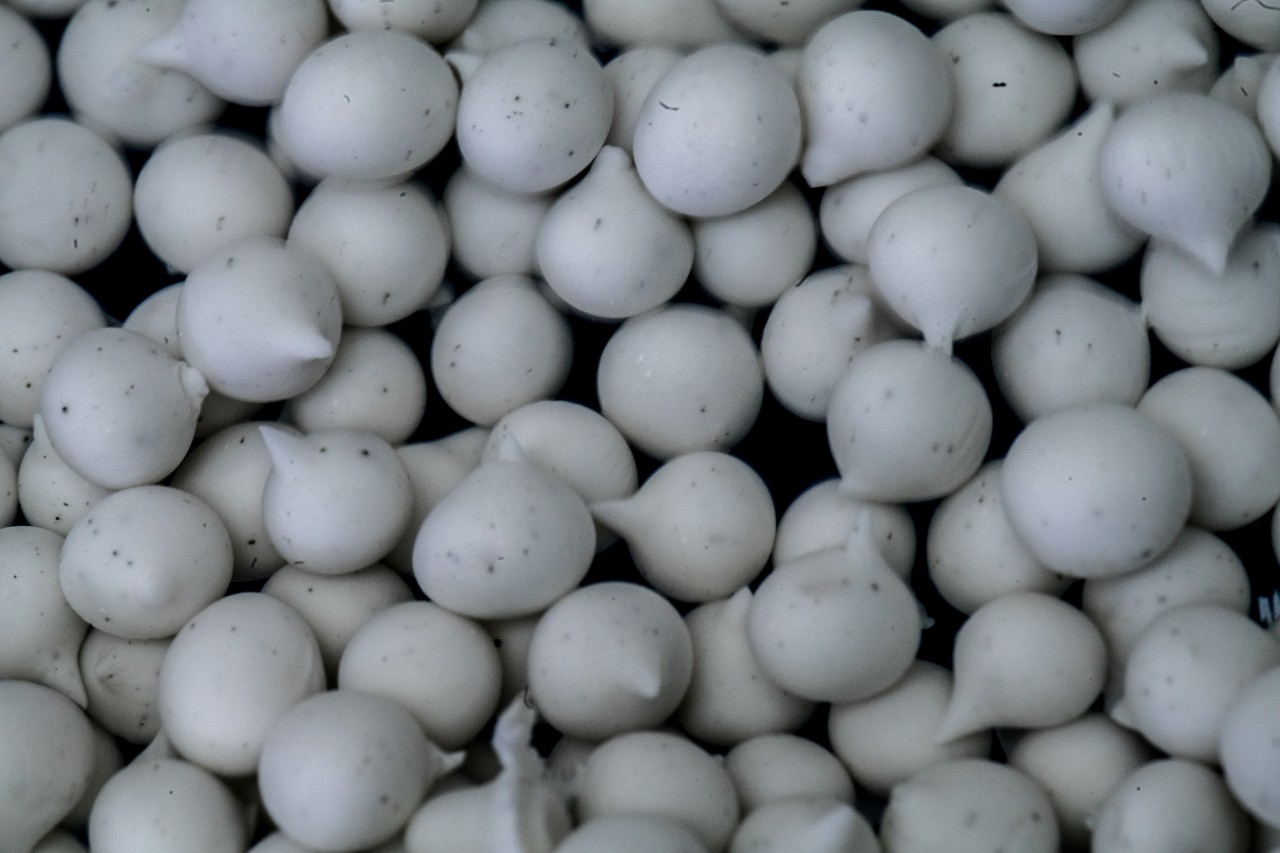Entomopathogenic fungi are micro-organisms naturally occurring in the environment, most of all in soil. They are natural parasites of insects that proliferate killing their host. Metarhizium is one of the most used ones in biological control.
The CREA team has isolated a Metarhizium robertsii strain called 17/T02 from the area infested by Popillia japonica in Italy for its effectiveness.
Drop by drop, we obtain small granules containing the fungal spores that we call SAPs (Sodium Alginate Pellets).
Related Posts
By accepting you will be accessing a service provided by a third-party external to https://www.popillia.eu/





